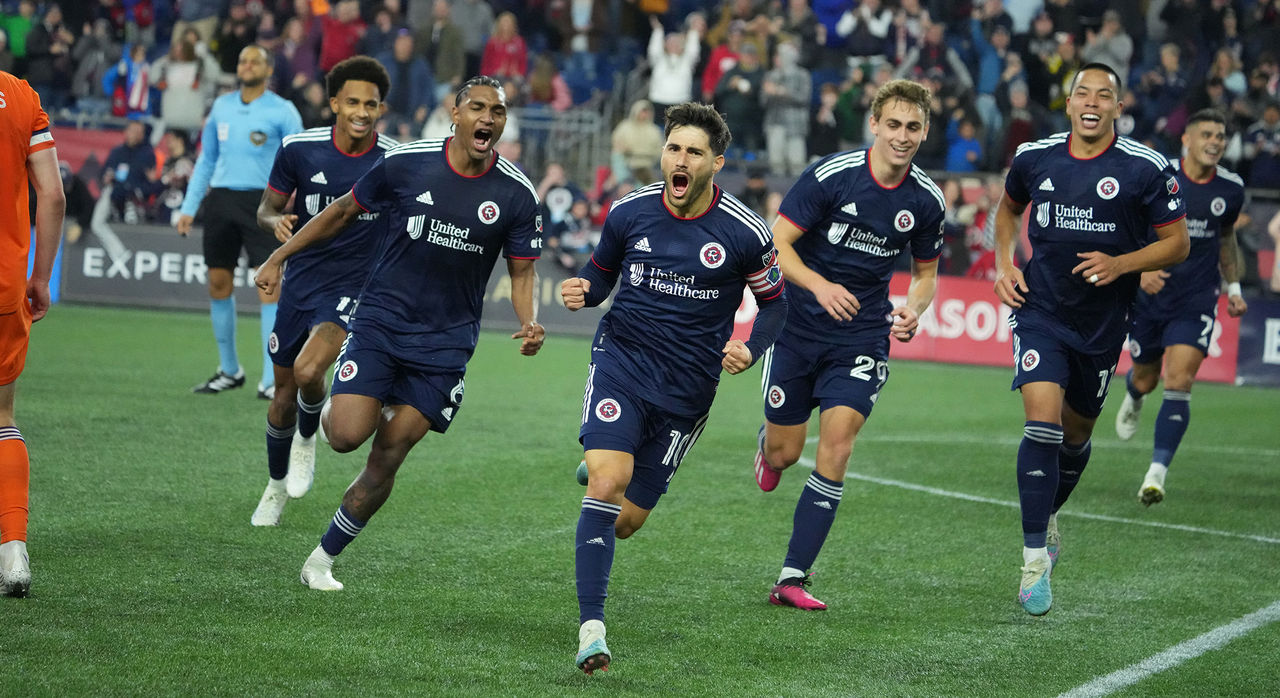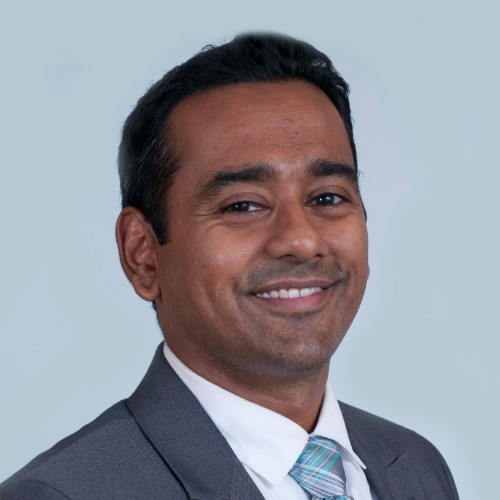-
- Find Care
-
- Visitor Information
- Find a Location
- Shuttles
- Visitor Policies
-
-
- Our Virtual Care Options
- Virtual Urgent Care
- Virtual Visits for Primary & Specialty Care
- Online Second Opinions
- Participate in Research
-
- Contact us
-
- For Innovators
- Commercialization Guide for Innovators
-
-
- Research News
- Alzheimer's Disease
- Artificial Intelligence
-
- Overview
-
- Overview
- Getting Started
- New to Mass General Brigham
- International Patient Services
- What Is Patient Gateway?
- Planning Your Visit
- Find a Doctor (opens link in new tab)
- Appointments
- Patient Resources
- Health & Wellness
- Flu, COVID-19, & RSV
- Billing & Insurance
- Financial Assistance
- Medicare and MassHealth ACOs
- Participate in Research
- Educational Resources
- Visitor Information
- Find a Location
- Shuttles
- Visitor Policies
- Find Care
-
- Overview
- Our Virtual Care Options
- Virtual Urgent Care
- Virtual Visits for Primary & Specialty Care
- Online Second Opinions
-
- Overview
- Participate in Research
-
- Overview
- About Innovation
- About
- Team
- News
- For Industry
- Venture Capital and Investments
- World Medical Innovation Forum (opens link in new tab)
- Featured Licensing Opportunities
- For Innovators
- Commercialization Guide for Innovators
- Contact us
-
- Overview
- Information for Researchers
- Compliance Office
- Research Cores
- Clinical Trials
- Advisory Services
- Featured Research
- Two Centuries of Breakthroughs
- Advances in Motion (opens link in new tab)
- Brigham on a Mission (opens link in new tab)
- Gene and Cell Therapy Institute
- Research News
- Alzheimer's Disease
- Artificial Intelligence
-
- Overview
-
- Overview
- Residency & fellowship programs
- Brigham and Women's Hospital
- Massachusetts General Hospital
- Mass Eye and Ear
- Newton-Wellesley Hospital
- Salem Hospital
- Integrated Mass General Brigham Programs
- Centers of Expertise
- Global & Community Health
- Health Policy & Management
- Healthcare Quality & Patient Safey
- Medical Education
- For trainees
- Prospective trainees
- Incoming trainees
- Current trainees
- Continuing Professional Development
A Team Approach to Care On and Off the Field with the New England Revolution: A Q&A with Ashwin Babu, MD

In caring for athletes, collaboration is always key, and this is especially true for doctors treating professional athletes. Ashwin Babu, MD, works on the team keeping the New England Revolution soccer team safe and on the field. In addition to his work as a physiatrist for Mass General Brigham Sports Medicine, he is the team physician for the Revolution, collaborating closely with his team to ensure players are safe from concussions and other injuries to get back to the game as soon as possible. In this Q&A, Dr. Babu discusses his day-to-day work with the team, why collaboration is key, and tips for amateur athletes of all ages to avoid injury.
Q: What is your role with the New England Revolution?
Babu: I’m involved with all non-operative care for the Revolution. I work closely with the medical director Scott Martin, MD, and with the head internist, James Yeh, MD.
On a game day, I arrive a few hours before kickoff. I usually serve as the “venue medical director,” and work with a robust team to make sure we are prepared for any emergencies on the field. This involves touching base with representatives from Major League Soccer (MLS), the opposing team, the officials, our EMT colleagues and others. We review our emergency protocols so everyone knows what to do in the different circumstances that may occur.
During pregame warmups, I watch the team closely to make sure everyone is healthy, and usually do one or two player evaluations in the training room with Dr. Martin. Once the game starts, I have eyes on the field the whole time, ready to jump into action in case anybody gets injured. We are all there to keep the athletes safe!
Post-game, I’ll see any other athletes that need assessment, depending on what has happened during the match.
Q: What is the most common injury you see with soccer players?
Babu: The most common injuries I'll be called on to evaluate during a game are concussions. No one with a head injury can return to play until I clear them. During the week, I’ll also get called for a variety of non-operative orthopedic issues such as hamstring strains, ankle sprains, hip pain, etc. For my non-professional athletes, by far the most common soccer-related injuries are ankle sprains.
Q: How do you collaborate to provide care for the team?
Babu: We take a team approach to care for the New England Revolution, led by our chief medical officer Scott Martin. Dr. Martin, Dr. Yeh, and I work closely with our athletic training and sports performance staff to make sure our athletes are healthy and playing their best. As a sports medicine physiatrist, I see athletes for non-operative orthopedic issues such as ankle sprains and hamstring strains, as well as medical issues such as asthma or ear infections. We also have an amazing network of sub-specialists throughout the Mass General Brigham system that we refer to when needed, such as our sports cardiology team. Regardless of the problem, we are always ready to step in and get the athlete the care they need.
Q: What lessons do you take from your work with the New England Revolution that you can apply to your normal clinic with amateur athletes?
Babu: I am constantly learning, both from my work with the Revolution and from my regular clinic where I see lots of professional and nonprofessional athletes for sports-related issues. The main difference with elite level athletes is that their only job is training and getting better. They spend all their time and attention focused on that. As we treat them, it gives us a good understanding of the natural history of the disease process, and then we can use that to create benchmarks for caring for all types of athletes. When we see our amateur athletes, they receive the same level of care. We’re using the same lessons, and we’re making sure they receive the same treatment, even if their career is independent of the sport.
Q: Can you describe the non-operative ways in which you treat both professional and amateur athletes?
Babu: The most important thing is a thorough history and physical exam to help us get to the bottom of the issue. To get the diagnosis right we may need imaging, such as x-rays or MRIs. Commonly, we prescribe a particular course of physical therapy. Outside of that, we have several interventions which we use to help, such as trigger point injections, steroid injections, or recommend anti-inflammatory medications. One of my main areas of expertise is the use of ultrasound to help diagnose and treat sports injuries. With this use of this technology, we can perform detailed exams and can be remarkably accurate in guiding injections into the correct location. There are also newer treatments in the areas of regenerative medicine, such as platelet rich plasma (PRP), which can be helpful in certain cases.
Q: What is your favorite part about working with the Mass General Brigham Sports Medicine team?
Babu: The favorite part is how fruitful the collaboration is. I can see an athlete and very quickly and easily get a surgical opinion if we need one. Or I can get the thoughts of our talented physical therapy team if we need that, or we can work on interventions if needed. At Mass General Brigham, we work with many different people working at the forefront of their fields, so we can offer the best treatments for a variety of problems.
No matter what is wrong with one of our athletes, we can get them in with the right person. Sometimes it’s at Mass General. Sometimes it’s at Brigham and Women’s, or at another hospital. But regardless, we’re all collaborating closely to make sure that our athletes receive the best possible care.
